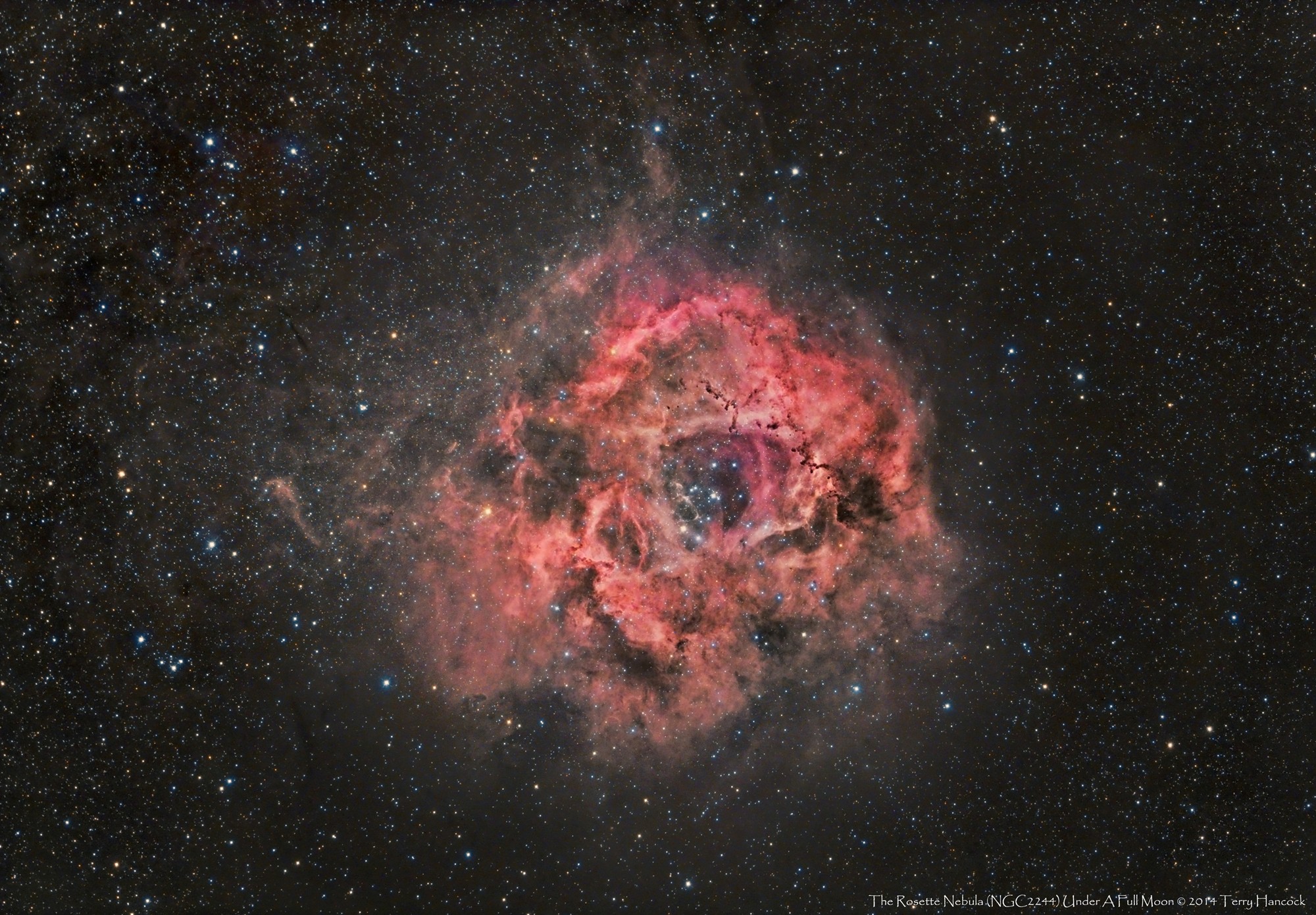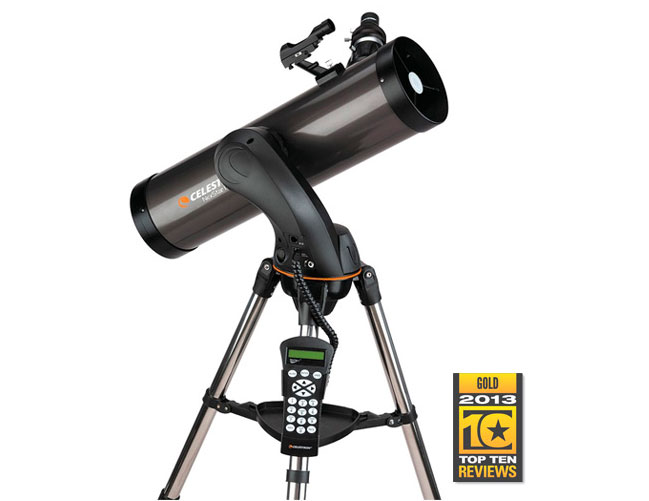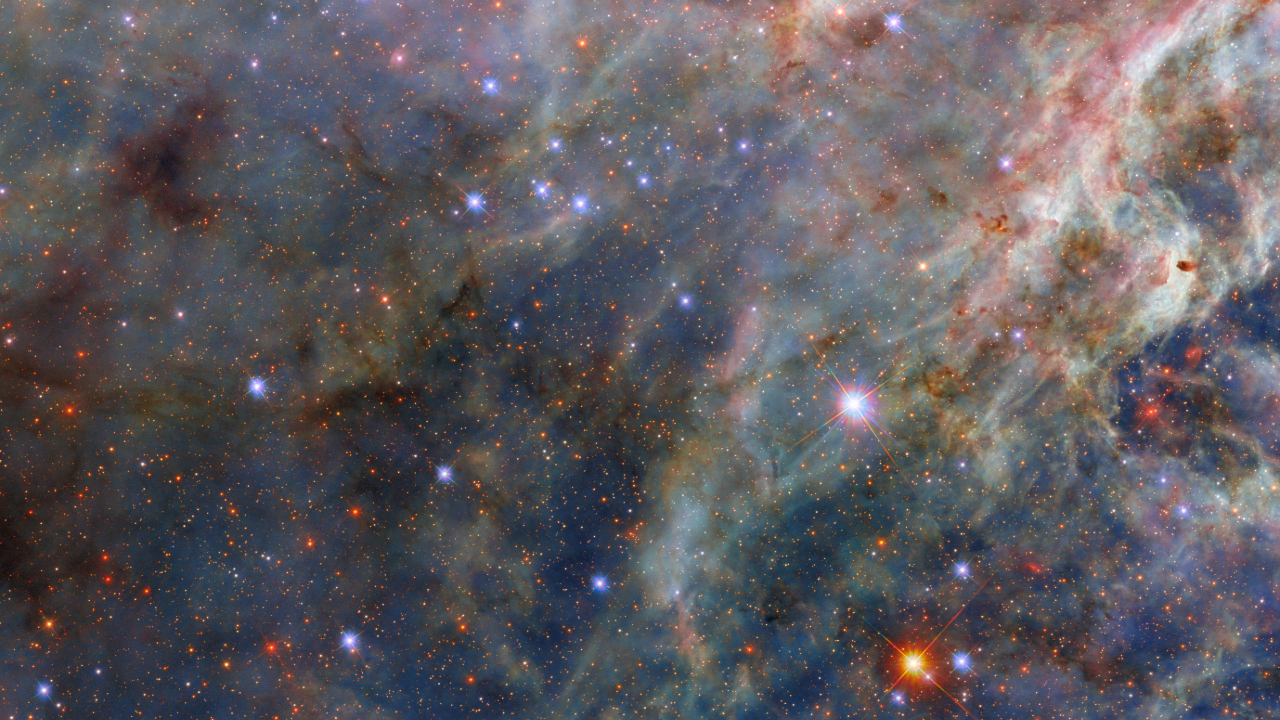Rosette Nebula Blooms with Color in Amazing Amateur Photo

The Rosette Nebula stars blooms with cosmic color in a stunning new image by an amateur astronomer.
Avid astrophotographer Terry Hancock carefully timed this beautiful shot of the Rosette Nebula—shooting for nearly three hours under a full moon to create the nebula view.
"This is work in progress. Normally we wouldn't think of trying to shoot color under a full moon," Hancock wrote Space.com in an email. "However I have a lot of catching up to do this year due to poor weather and sky conditions and out of desperation." [Strange Nebula Shapes: What Do You See? (Gallery)]
Hancock captured this Rosette Nebula view on March 16 from western Michigan. For astrophotography fans, this photo is the result of 3x2 minute exposures each RGB bin 1x1 (no luminance) and a total of 18 minutes added to the h-alpha data, which he captured using the QHY11S camera and Takahashi Epsilon-ED180 telescope. The total exposure time 2 hours, 48 minutes.
"I think I timed it just right," he said. "With the Rosette just passing the meridian and at nautical twilight at 20:52 EST — only several hours following full moon — I figured I had maybe 20 minutes before the glow of the moon upset my chances."
Also known as Caldwell 49 or NGC 2237, the Rosette Nebula is located 5,200 light-years away at the edge of the molecular cloud Monoceros. One light-year is the distance light travels in one year, or about 6 trillion miles (10 trillion kilometers).
To see more amazing night sky photos submitted by Space.com readers, visit our astrophotography archive.
Breaking space news, the latest updates on rocket launches, skywatching events and more!
Editor's note: If you have an amazing night sky photo you'd like to share for a possible story or image gallery, please contact managing editor Tariq Malik at spacephotos@space.com.
Follow Space.com on Twitter @Spacedotcom. We're also on Facebook & Google+. Original article on Space.com.
Nina Sen is a freelance writer and producer who covered night sky photography and astronomy for Space.com. She began writing and producing content for Space.com in 2011 with a focus on story and image production, as well as amazing space photos captured by NASA telescopes and other missions. Her work also includes coverage of amazing images by astrophotographers that showcase the night sky's beauty.

